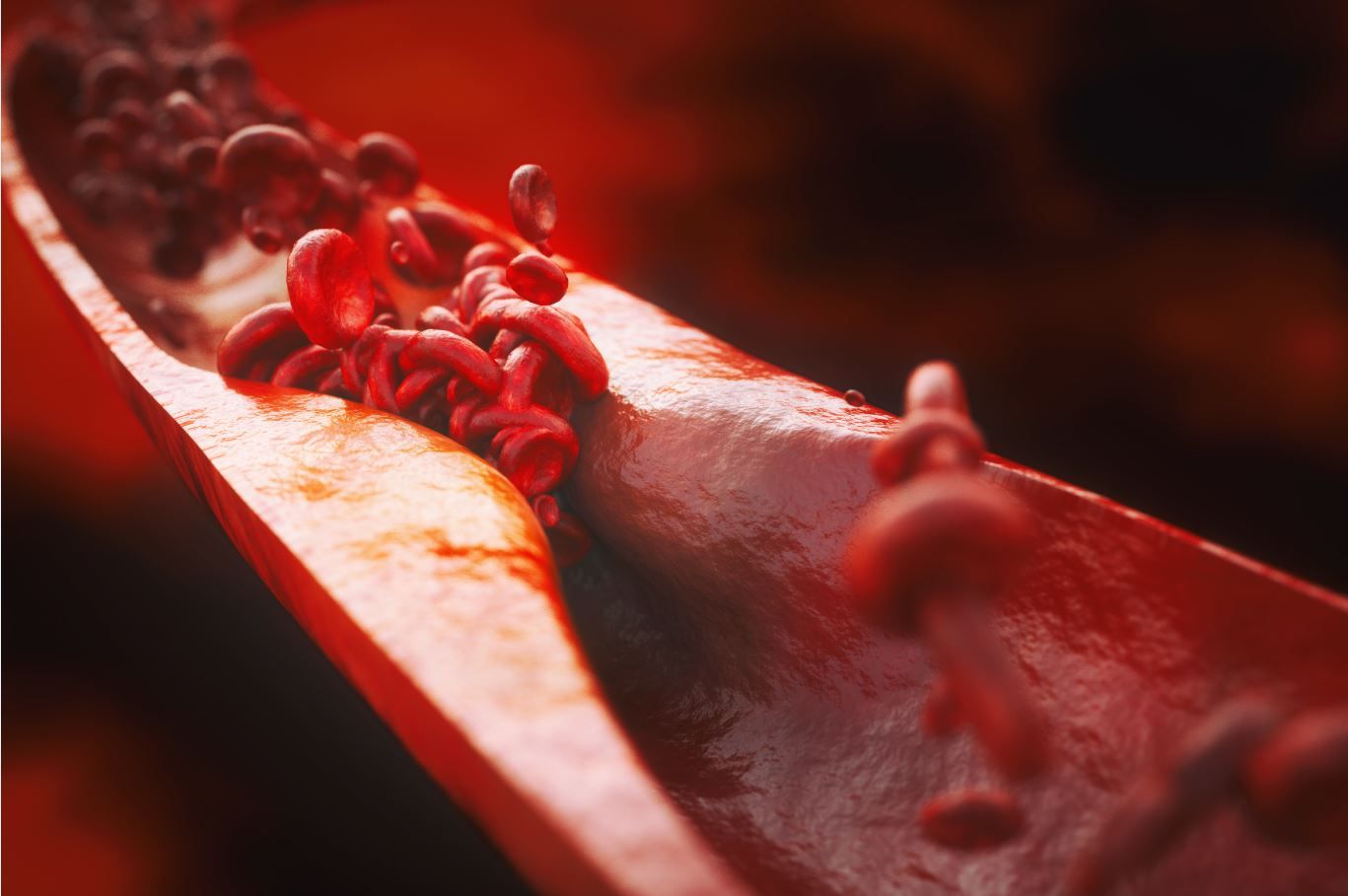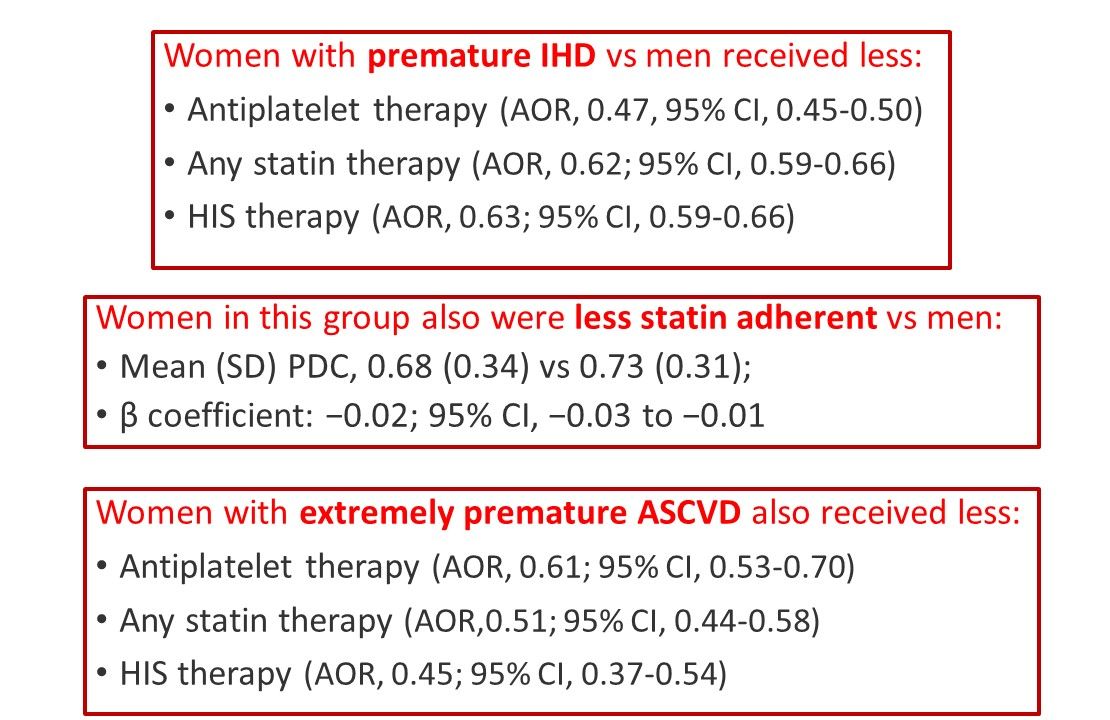- Clinical Technology
- Adult Immunization
- Hepatology
- Pediatric Immunization
- Screening
- Psychiatry
- Allergy
- Women's Health
- Cardiology
- Pediatrics
- Dermatology
- Endocrinology
- Pain Management
- Gastroenterology
- Infectious Disease
- Obesity Medicine
- Rheumatology
- Nephrology
- Neurology
- Pulmonology
VA Study Finds Secondary ASCVD Prevention Lacking for Women
Sex disparities in cardiovascular care in the VA system included less therapy with antiplatelet agents and any intensity statin for women with premature ASCVD than men.
©crevis/stock.adobe.com

In a large group of patients with premature atherosclerotic cardiovascular disease (ASCVD), women were less likely to receive key secondary prevention therapies than men and those with ischemic heart disease were found to be less adherent to treatment with statins.
The study also found notable racial disparities in prevalence of ASCVD among women, with Black and Asian women more highly represented than White women.
The findings come from a cross-sectional, nationwide Veterans Administration (VA) health care system-based study with patients enrolled in the Veterans with Premature Atherosclerosis (VITAL) registry. The study was published April 21, 2021 in JAMA Cardiology.
The authors underscore the importance of the study, noting the "paucity" of data on disparities in secondary CVD preventive care among women with premature (age ≤55 years) and extremely premature (age ≤40 years) ASCVD. Their objective—to evaluate sex-based differences in use of antiplatelet agents, any statin, high-intensity statin (HIS) therapy, and statin adherence in patients with premature and extremely premature ASCVD.
The research was led by Michelle T Lee, MD, PharmD, Michael E. DeBakey VA Medical Center Health Services Research and Development Center for Innovations in Quality, Effectiveness, and Safety in Houston.
Participants assessed had at least 1 primary care visit in the VA health care system from October 1, 2014, to September 30, 2015. In all, there were 147 600 veterans with premature ASCVD, encompassing ischemic heart disease (IHD), ischemic cerebrovascular disease (ICVD), and peripheral arterial disease (PAD).
Investigators identified 10 413 women and 137 187 men with premature ASCVD and 1340 women and 8145 men with extremely premature ASCVD. Women represented 7.1% of the former group and 14.1% of the latter.
Racial differences in ASCVD in women
Among women with premature ASCVD there was a higher proportion of African American patients than among men (36.1% vs 23.8%) and lower proportions of Asian patients (0.5% vs 0.7%) and White patients (56.1% vs. 68.1%).
In the group of women with extremely premature ASCVD, there also was a comparatively higher proportion of African American patients (36.8% vs 23.2%) than among men and lower proportion of White patients (55.0% vs 67.8%) and Asian patients (1.3% vs 1.5%) vs among men.

Women with premature IHD, ICVD, and PAD received less antiplatelet, any statin, and HIS therapy than men with the same disease. Women with premature IHD also were less adherent with statin therapy than men.
Results were similar for women in the group of patients with extremely premature ASCVD, who received less therapy for secondary prevention than men.
Of interest was the finding that women with premature IHD in particular were less adherent to statin therapy than men. No sex-associated differences in statin adherence were seen among other ASCVD groups. These findings persisted after adjustment for clinical, socioeconomic, and clinician factors.
"Despite established benefits of secondary ASCVD prophylaxis, women receive comparatively less aggressive therapy than men," wrote study authors. "Complacency in secondary cardiovascular prophylaxis in this young cohort can result in devastating long-term consequences with poorer quality of life."
In their conclusion the authors called for increasing awareness among clinicians "regarding secondary prevention therapies for women of child-bearing age" and for this knowledge to be incorporated into clinical discussions with this population.
